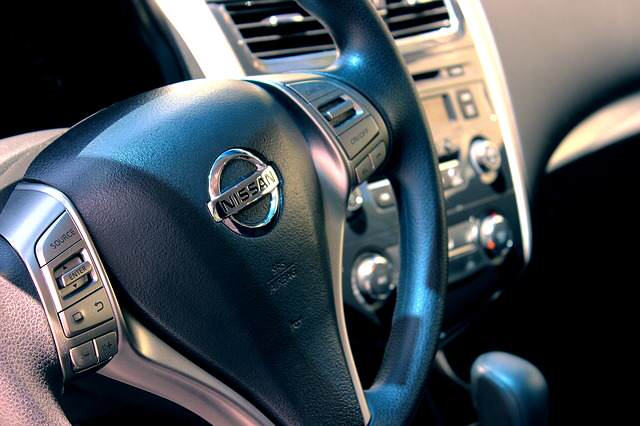
Save a Bit of Money by Adjusting Your Auto Insurance
Auto insurance is a necessity for drivers in most states – including Arizona. Not knowing exactly how much insurance you need, however, can open yourself up to paying more for options you don’t need.
The Legal Lingo of Auto Insurance
Before we take one step forward, let’s take a moment to define some terms you’re definitely going to see when looking at your policy.
- Liability coverage If you’re at fault in an accident, money from this portion of your policy will go towards helping the people you hit. Keep in mind that it will not go towards coverage of other passengers in your car.
- Uninsured/Underinsured Motorist Coverage Being hit by someone who has no insurance can really ruin your day. So that you’ll at least have some protection, this policy will go towards covering your injuries and auto damage.
- Bodily Injury Liability (BIL) Again, this applies to accidents for which you’re at fault. The particular term refers to paying towards medical expenses of those who were injured.
Typically, you’ll see the BIL portion of your auto insurance listed as a fraction. For example, if your BIL is listed as “20/50”, your policy is good for paying up to $20,000 for one person’s injuries and a maximum of $50,000 total for injuries of other people in the auto you hit.
- Personal Injury Protection (PIP) You and your passengers are covered by this portion of the policy after an accident.
- Comprehensive If your vehicle is stolen or damaged without being in an accident, this portion of your policy will help to cover damages
- Property Damage Liability Again, if you’re at fault in an accident, this portion of the policy goes towards paying for damage done to the other vehicle.
- Collision The portion of your policy is earmarked for repairs to your vehicle post-accident.
The Part of Auto Insurance That You DON’T Want to Skimp On
With the exception of New Hampshire, every state requires its drivers to carry auto liability insurance. Remember, this covers property damage and medical bills in an accident for which you’re at fault. Because those types of bills can run up quickly, it’s best to make sure your policy includes $500,000 – at least – in liability coverage.
What to Skimp On
If your vehicle is a bit older, you can probably reduce the amount of collision coverage, which covers repairs to your vehicle.
What About the Add-Ons?
Most insurance agencies will encourage you to purchase “roadside assistance” policies that cover towing if your vehicle breaks down, runs out of gas, etc. If you’re a member of AAA or some other such auto club, you’re most likely already covered for such occurrences. Reimbursement for a rental car is also optional. If you already have access to a second car, this add-on is most likely unnecessary.
What About My Deductible?
Simply put, a deductible is the amount you’ll have to pony-up first before your insurance kicks in to cover the rest. Increasing you deductible will go a long ways towards slicing your premiums, but take a good long look at your ability to cover a larger deductible should the need arise.
Ready to Get Out of Debt? Call The Oswalt Law Group
There’s a host of ways to cut back expenses when you’re facing crippling debt. Call us here at The Oswalt Law Group to discuss other options available to you. We’d be happy to schedule a free consultation. Our number is (602) 225-2222.
